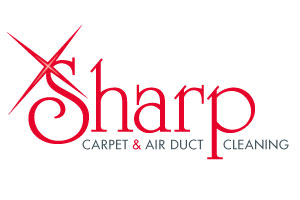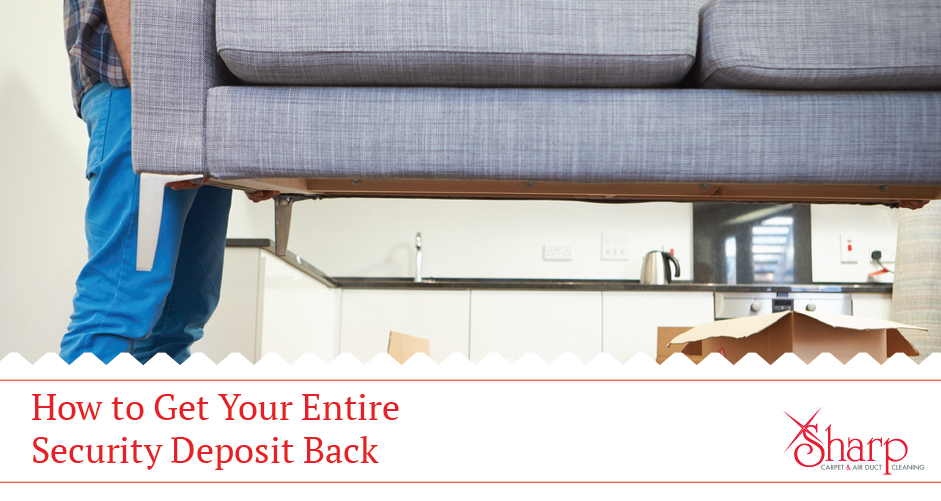If you’re renting an apartment, a condo, or a house, chances are you put down a security deposit when you signed your lease. Did you know you can get that security deposit back at the end of your lease? Check out our advice for how you can protect yourself while renting and get your deposit back!
What Does a Security Deposit Cover?
In the state of Nebraska, a landlord is permitted to charge a renter the amount of one month’s rent for a security deposit. If the renter has pets, the landlord can charge one and one-quarter month’s rent.
Your landlord requires a security deposit to ensure that any damages during the time of your lease are covered—and that there’s at least one month’s rent on retainer if you decide to vacate early.
How Can Renters Protect Themselves?
When you move into a new rental home, scan the property and take meticulous notes of any damages (i.e., holes in the wall, stains on the carpet, water damage, etc.). It’s a good idea to take photos of any damages as well so that you have those on record. Keep your notes and any photos along with a copy of your lease, and be sure to go over the initial issues with your landlord. Your lease should also have details about what maintenance is your responsibility and what maintenance is your landlord’s responsibility.
It goes without saying, but taking care of your rental home while you live there is crucial to getting your security deposit back. If any damage to floors, appliances, etc., occurs during your lease, report it as soon as possible to your landlord in writing via email or letter. If you have carpets, save time by treating them early. A Scotchgard™ Carpet Treatment can protect your floors and give you peace of mind.
If you plan to move when your lease is up, the first step is to send your landlord an “intent to vacate” letter with your signature at least 30 days prior to your move-out date. In the letter, specify what your security deposit was and where the landlord should send it (i.e., your new mailing address). Under Nebraska law, your landlord is required to send your security deposit to you within 14 days of vacating.
Prior to moving out, clean your home to the point where it’s as spotless as it was when you first moved in. This includes:
- Vacuuming and steaming carpets
- Mopping tile or linoleum floors
- Repainting walls (if you painted another color initially)
- Deep-cleaning the refrigerator, microwave, oven, and dishwasher
- Wiping down shelves and counters
Once your belongings are moved out, and everything is clean and ready to go, you can request a walk-through with your landlord. A walk-through isn’t mandatory; however, it could potentially save your security deposit. Bring notes and photos from when you first moved in, and go through each room.
What If Renters Have Pets?
For renters with pets, there’s more to keep in mind as far as damage go. Beyond cleaning up pet accidents as soon as they happen, make sure your pets are healthy and free of fleas. Flea treatment for carpet can be costly, and your landlord will bill you for the cost. The risk of stains on carpet, even from the most well-trained animals, is the reason why there’s typically an extra security deposit fee. Keep carpet cleaners on hand for immediate cleanup, and book a professional carpet cleaning toward the end of your lease. The more vigilant you are, the more likely you are to get your full deposit back.
What’s Considered Normal Wear-and-Tear?
When it’s time to move out, you may notice your rental home has a few scuffs on the walls or floors. Does this count as damage? In most cases, issues like sun fading on blinds or curtains, minor nicks on walls, worn hinges on doors or gaskets on refrigerators, and water-stained linoleum and ceiling are considered “normal wear-and-tear.” This may vary from property to property.
Sometimes, nail holes in walls can be considered normal wear-and-tear. However, if there’s an excessive number of holes or any holes that require patching, you may be responsible for covering the damages. This would then come out of your security deposit. Check your lease for your landlord’s requirements.
With carpets, normal wear-and-tear includes marks from furniture, normal aging, and wear from use. Tenants are not responsible for damage that was done to the carpet prior to their new lease (This is why it’s important to documenting damages when you first move in).
You can find more examples of normal wear-and-tear here.
What Happens If There’s Excessive Damage?
If there’s excessive damage, that’s considered your responsibility. A few examples include cigarette burns on the carpet, broken shelves in the fridge, water damage from hanging plants, and any deep stains that won’t come out of carpets during cleaning. These damages will come out of your security deposit. If there are any unpaid utilities or missed rent payments, that can be taken out of your security deposit as well. Be sure to check your lease and see what cleaning requirements are required of you.
A note about carpet damages: If you’re charged for damaged carpet, your landlord cannot charge you for replacement of the entire area. You’re only responsible for the prorated price of the damage.
When you’re ready to move out of your rental home, contact Sharp Carpet & Air Duct Cleaning! We offer professional, affordable carpet cleaning services that can tackle deep stains and help you get more of your security deposit check back!

